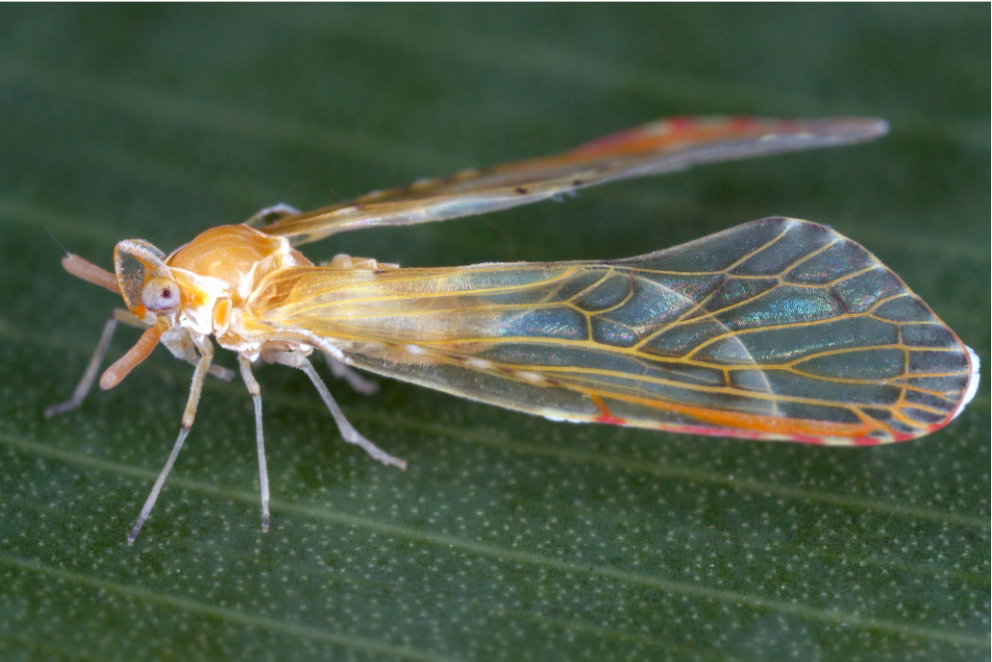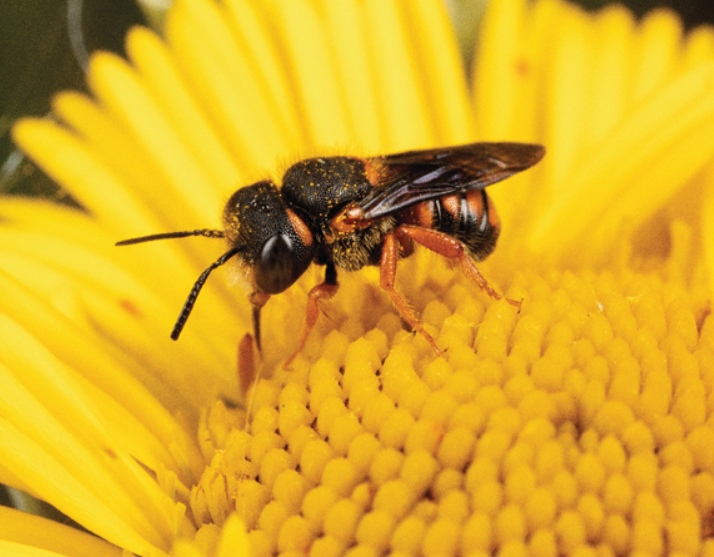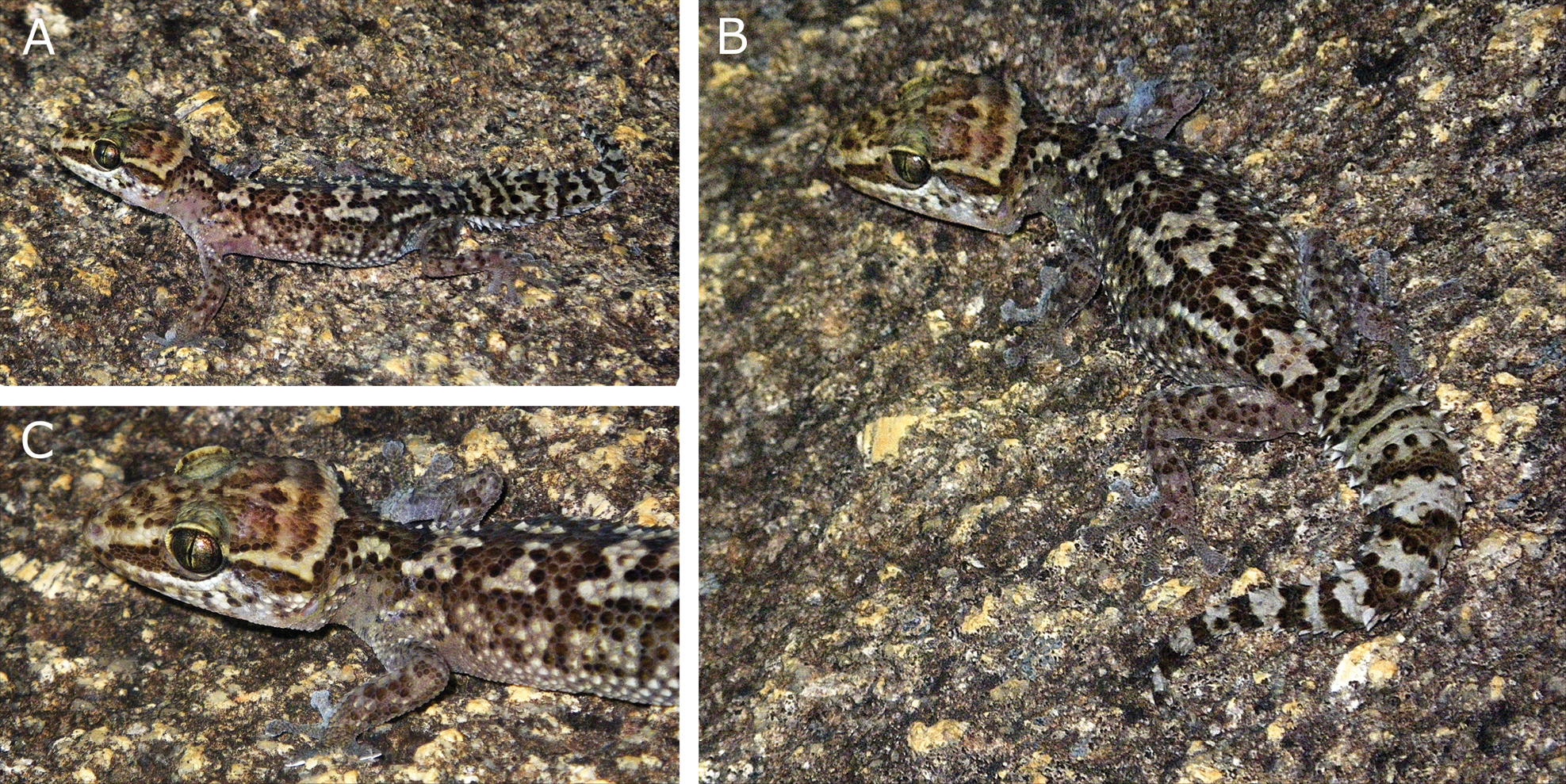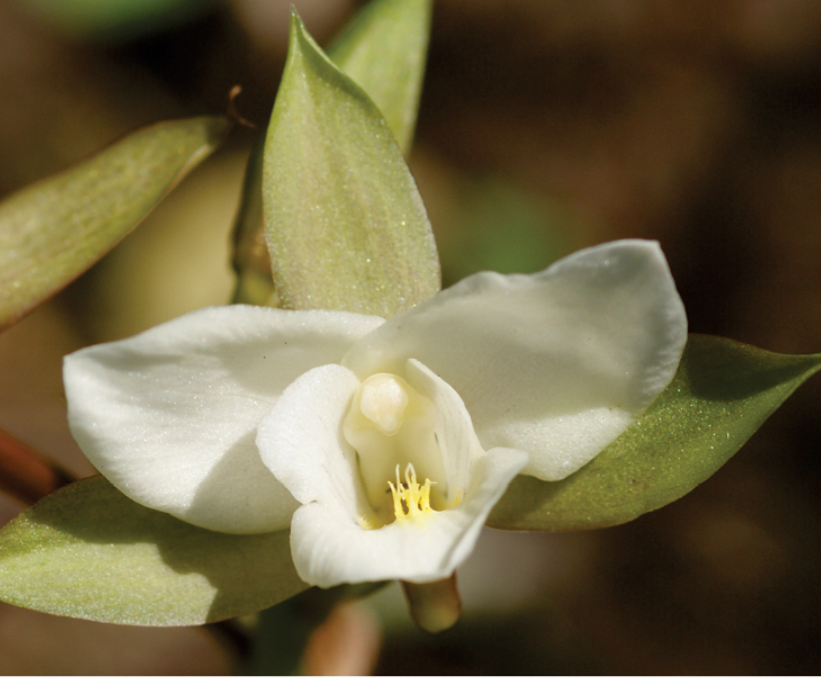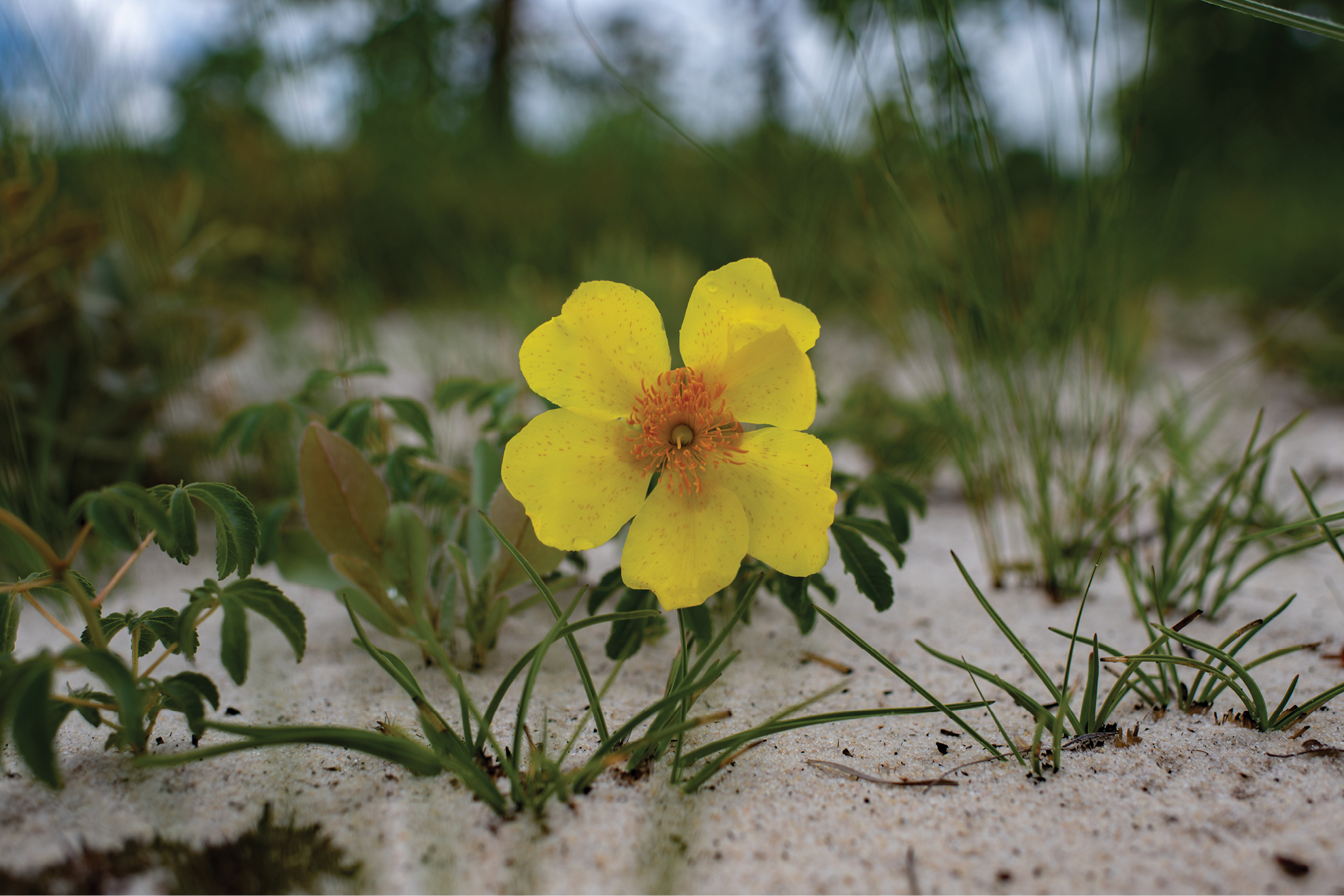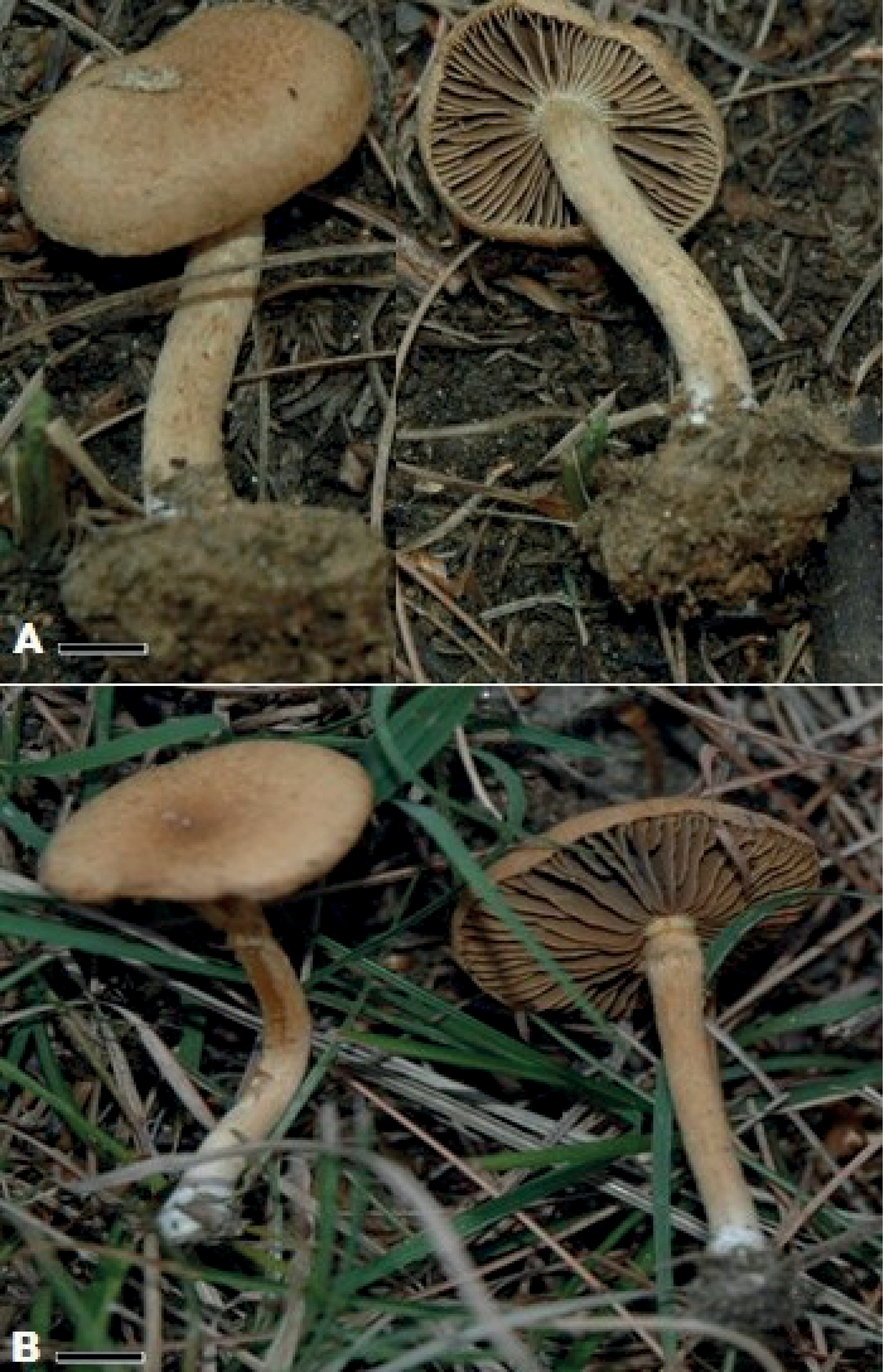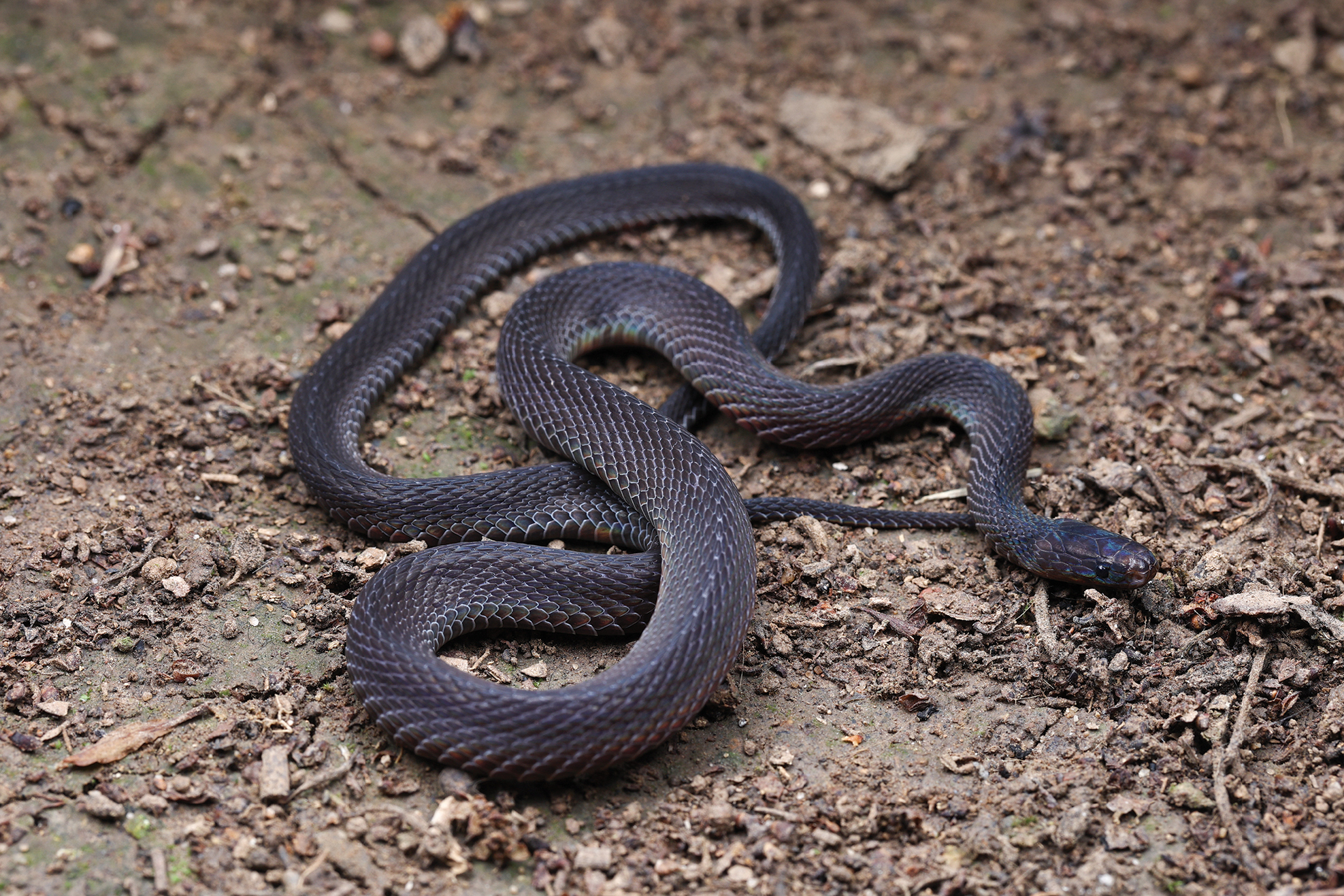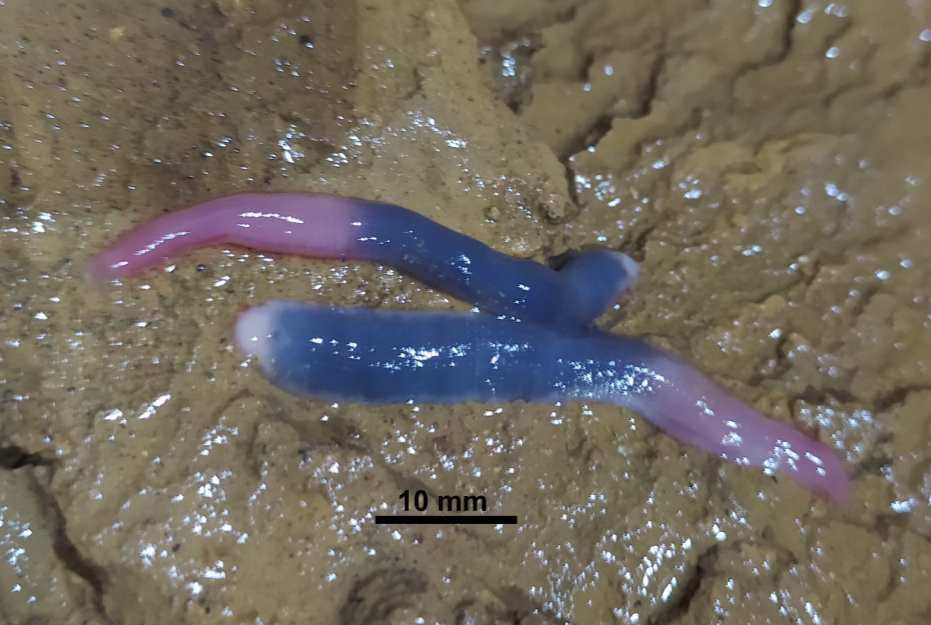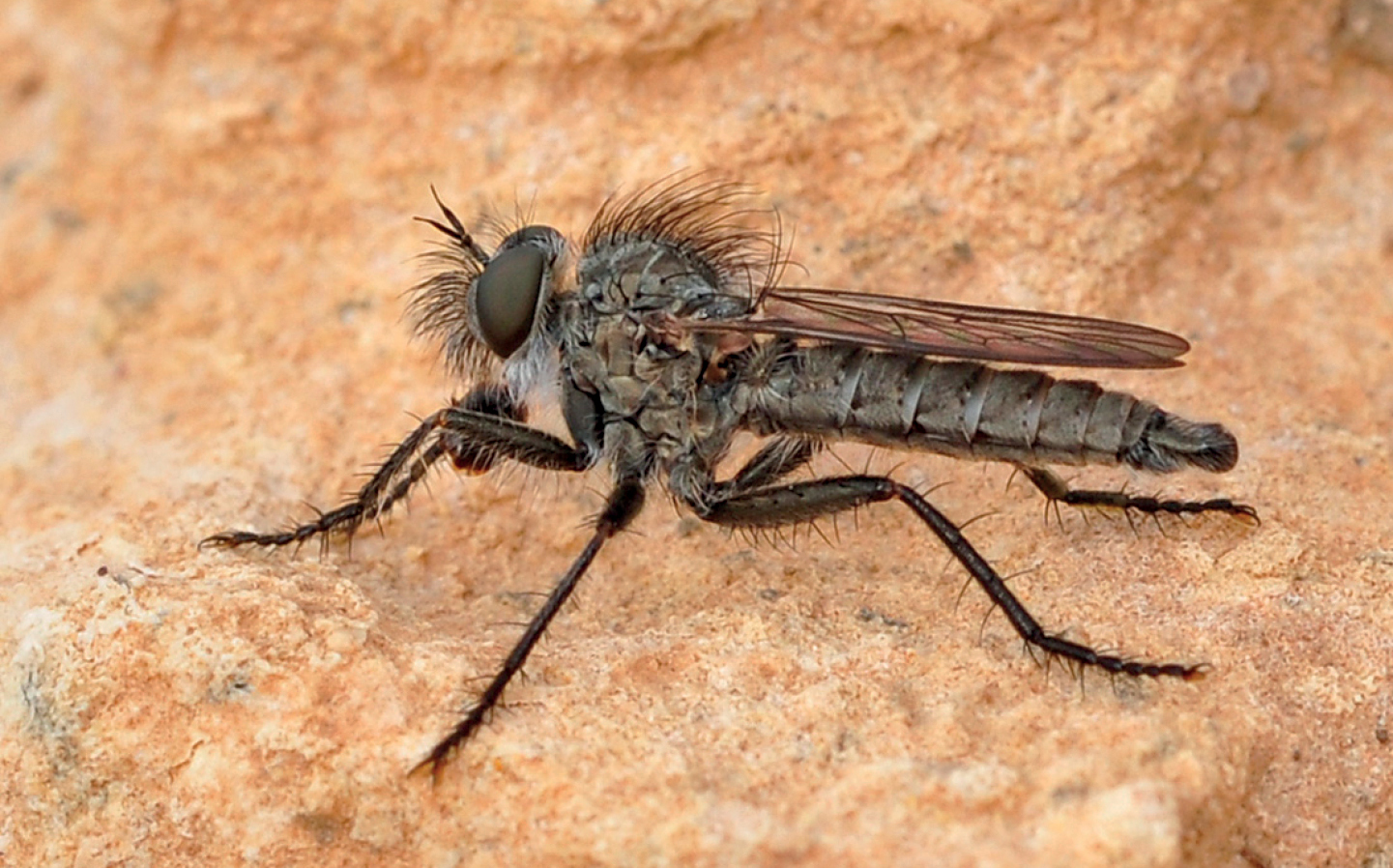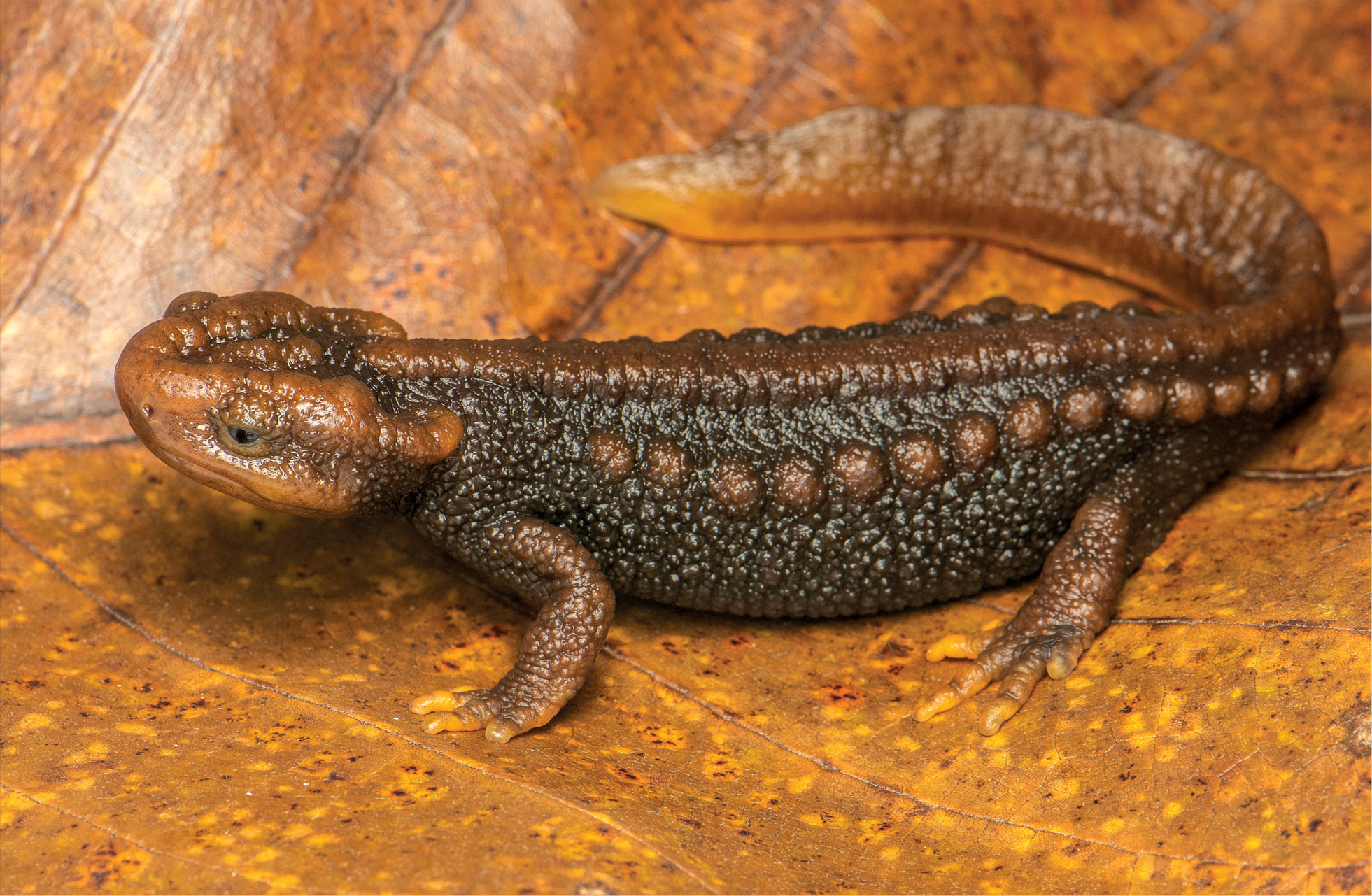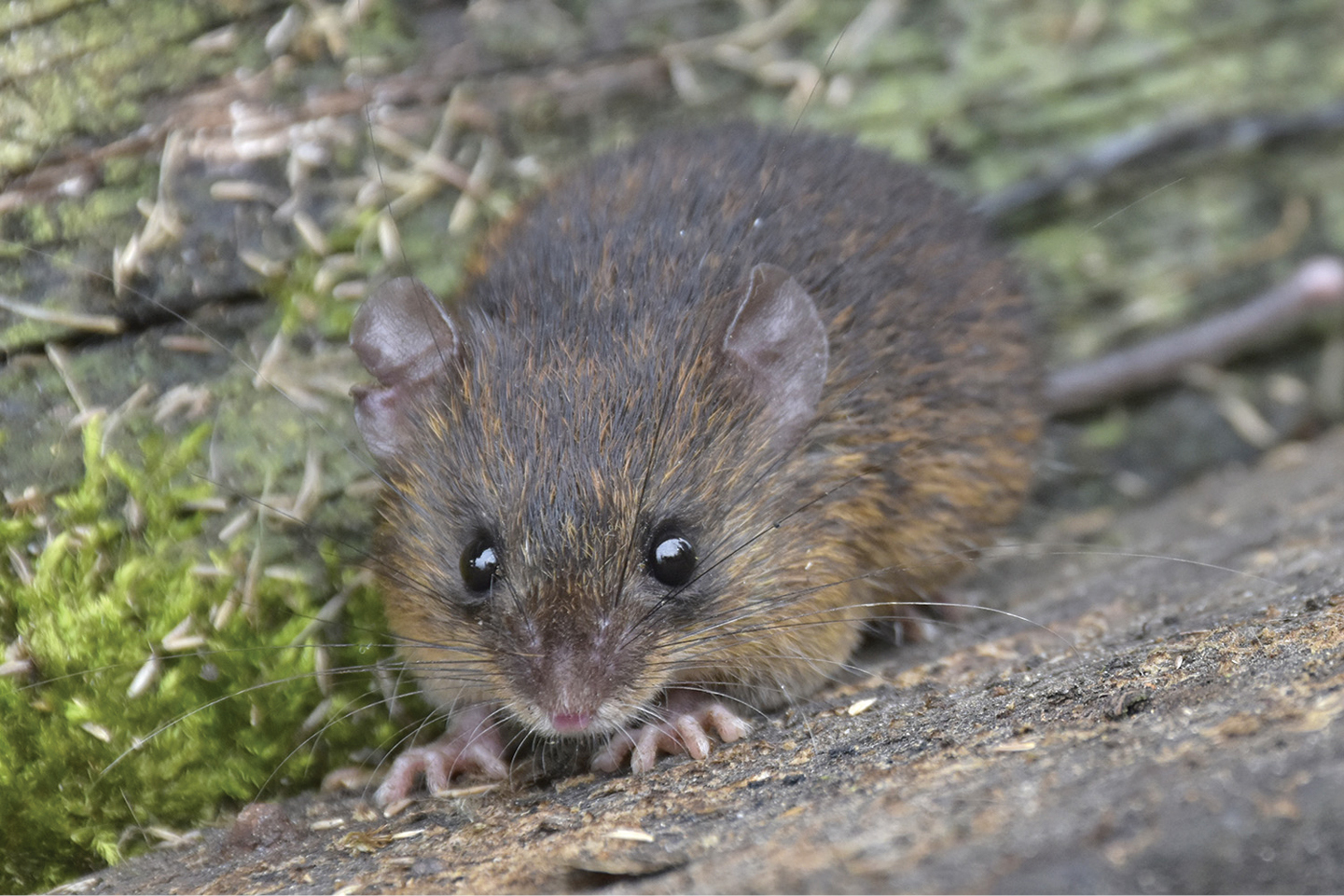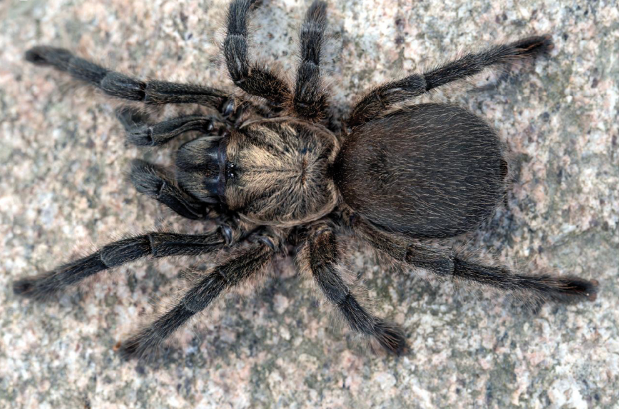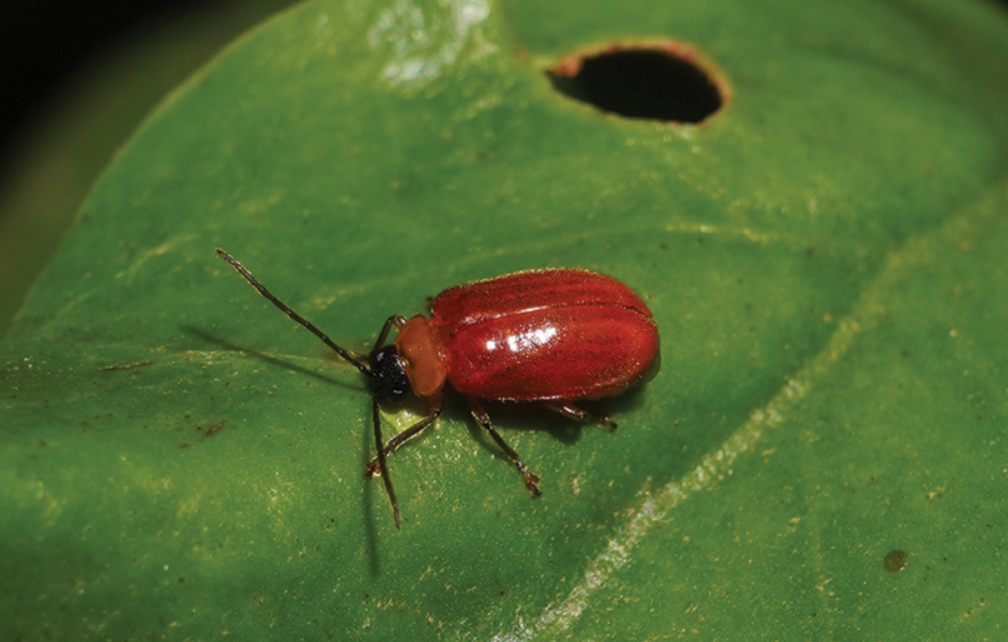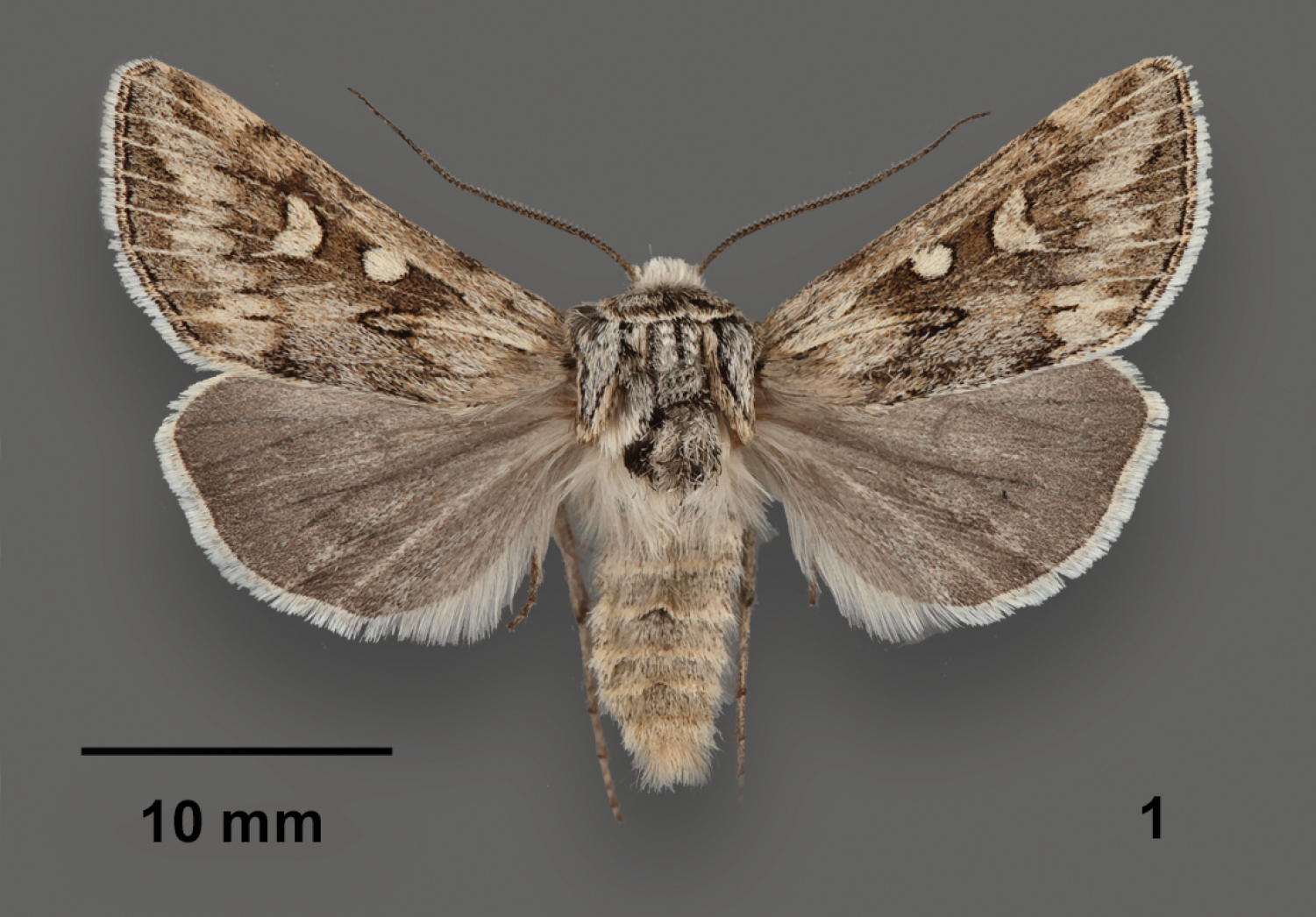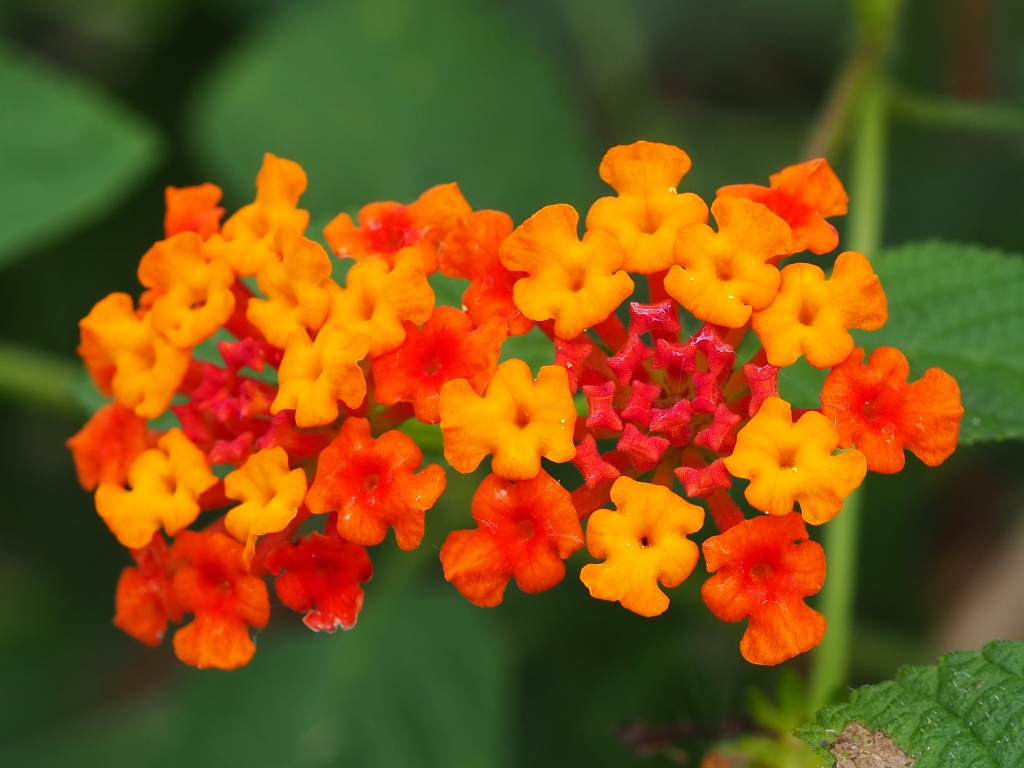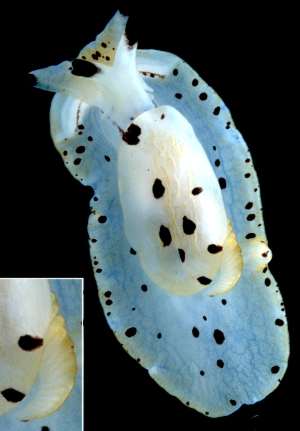by Piter Kehoma Boll
Here is a list of species described this month. It certainly does not include all described species. You can see the list of Journals used in the survey of new species here.
Bacteria
- 6 new actinomycetotes: Antiquaquibacter oligotrophicus; Frankia nepalensis; Streptomyces koelreuteriae; Micromonospora parastrephiae sp. nov. and Micromonospora tarensis sp. nov.; Phytohabitans aurantiacus;
- 2 new bacillotes: Lactiplantibacillus brownii; Brevibacillus ruminantium;
- 5 new bacteroidotes: Tenacibaculum tangerinum; Hymenobacter endophyticus; Marivirga aurantiaca; Flavobacterium sedimenticola; Chryseobacterium pyrolae;
- 6 new cyanobacteria: Atlanticothrix crispata, Altanticothrix nostocoides, Atlanticothrix testacea, Pycnacronema flechtnerae, Pycnacronema aeruginosum, Konicacronema protuberans;
- 15 new pseudomonadotes: Pseudomonas cucumis; Pseudomonas aestuarii; Pseudomonas aphyarum sp. nov., Pseudomonas fontis sp. nov., Pseudomonas idahonensis sp. nov. and Pseudomonas rubra sp. nov.; Halothiobacillus diazotrophicus; Tianweitania aestuarii; Pseudodonghicola flavimaris sp. nov. and Sedimentitalea xiamensis sp. nov.; Variovorax durovernensis; Marinomonas transparens sp. nov. and Marinomonas sargassi sp. nov.; Roseomonas populi; Sphingomonas endolithica;
Archaeans
- 1 new euryarchaeote: Thermococcus thermotolerans;
SARs
- 2 new foraminifers: Psammophaga holzmannae, Psammophaga sinhai;
- 2 new ciliates: Aspidisca koreana; Hemiurosomoida koreana;
- 1 new dinoflagellate: Borghiella ovum;
- 11 new ochrophytes: Adlafia sp.; Diploneis zhui; Giffenia koreana; Eunotia pottieziana; Cymbella alexandrovichii; Mallomonas rimosa; Olifantiella gondwanensis; Vallithidium campechianum; Cymbella parahelvetica sp. nov., Cymbopleura angustilanceolata sp. nov. and Delicatophycus fontinalis sp. nov. ;
Plants
- 2 new charophytes: Cosmarium lineatum, C. margigranulatum;
- 3 new pteridophytes: Arachniodes breviaristata; Diplazium thailandicum; Goniopteris ×tico;
- 2 new magnoliids: Magnolia sp.; Magnolia cirorum;
- 15 new monocots: Amana yunmengensis; Pleurothallis carpishensis; Neottia linzhiensis; Cynorkis adeleana; Liparis sp.; Bulbophyllum xiajinchangense; Tulipa sarvestanica; Aspidistra longzhouensis; Allium beypazariense; Luisia brachyota; Rhynchospora mesoatlantica; Moraea saxatilis; Rhynchospora waytii; Smilax tafelbergensis; Brachystele morronei;
- 32 new eudicots: Ruehssia bahiensis; Alexa duckeana; Pachyphytum odam; Delphinium pseudoscabriflorum; Primulina liangwaniae; Begonia schizostya; Croton carajasensis; Geranium janakianum; Myrcia tenondeporan; Hoya honglenae; Ceropegia strophanthiflora; Cotyledon mckayi; Dictyanthus sp.; Kalanchoe deliae; Brassica huseyin-duralii; Casearia isthmica; Vaccinium chaozhouense; Vaccinium usneoides; Stachys yingzuijieensis; Primula lizipingensis; Valeriana rudychazaroi; Aphyllon spectabile, Aphyllon gypsophilum; Tacinga paiaia; Microlicia arenaria, M. dentisepala, and M. membranacea; Marcetia barbadensis, Marcetia minima, and Marcetia serratifolia; Ziziphus bhandarii, Z. naikii, and Z. bhansalii; Symphyotrichum mexicanum;
Excavates
- 1 new euglenozoan: Leishmania (Leishmania) ellisi;
Amoebozoans
- 2 new myxomycetes: Licea ampullliformis; Lycogala heterospora;
Fungi
- 2 new chytridiomycetes: Nephridiochytrium forficulae, (Malpighivinco podagricae;
- 1 new mucoromycete: Lichtheimia piauiensis;
- 16 new ascomycetes: Anteaglonium saxicola; Tetraploa lignicola; Sclerococcum pseudobactrodesmium; Xenoacremonium palmarum; Veronaea polyconidia; Polyplosphaeria guizhouensis, Polyplosphaeria hainanensis, Pseudotetraploa yunnanensis, Tetraploa hainanensis; Microdochium chrysopogonis; Upretia zeorina; Ceratocystis atlantica, sp. nov., and C. alfenasii, sp. nov., C. costaricensis, sp. nov., C. cubensis, sp. nov., and C. xanthosomatis, sp. nov.;
- 15 new basidiomycetes: Pluteus aurantioruber; Serendipita officinale; Agaricus punjabensis, A. endoxanthus, A. melanocarpus, and A. xanthodermulus; Xerophorus pakistanicus; Nia spp.; Inocybe iberilepora, Inocybe phaeosquamosa; Hymenopellis biyangensis; Tulostoma mucugeense, T. paratyense;
Cnidarians
- 1 new hydrozoan: Symplectoscyphus trabeculatus;
Actinopterygians
- 1 new acropomatiform: Malakichthys formosus;
- 1 new anguilliform: Ophichthus naevius;
- 3 new cyprinodontiforms: Moema beltramonorum; Hypsolebias gongobira, Hypsolebias bonita;
- 6 new siluriforms: Glyptothorax heokheei; Ancistrus sp.; Sturisoma ghazziae, Sturisoma careirensia, Sturisoma rapppydanielae, Sturisoma defranciscoi;
Amphibians
- 3 new anurans: Pristimantis similaris; Scutiger luozhaensis; Limnonectes phyllofolia;
Reptiles
- 4 new squamates: Dibamus tropcentr; Trimeresurus ayeyarwadyensis; Calotes wangi; Ninia guytudori;
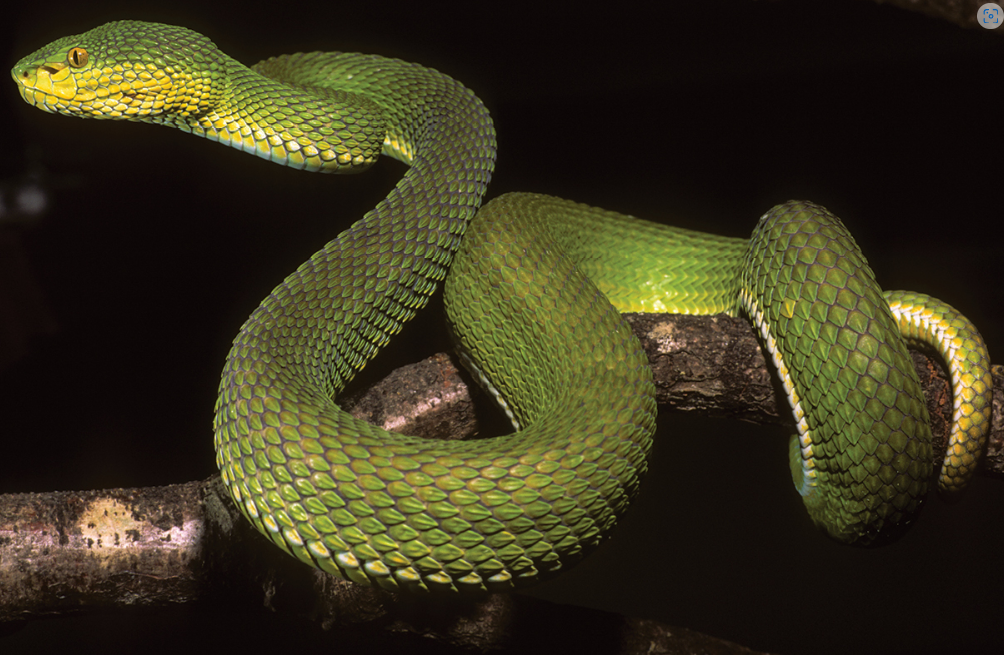
Mammals
- 6 new eulipotyphlans: Uropsilus huanggangensis; Hylomys spp.;
Rotiferans
- 4 new acanthocephalans: Neoechinorhynchus miniovalis; Serrasentis gibsoni; Acanthogyrus bispinosa n. sp. and A. garciai n. sp.;
Flatworms
- 21 new monogeneans: Cosmetocleithrum undulatum n. sp., Cosmetocleithrum brachylecis n. sp. and Cosmetocleithrum ludovicense n. sp., Cosmetocleithrum sacciforme n. sp. and Cosmetocleithrum basicomplexum n. sp.; Atherinicus difficilis n. sp., Diversohamulus similis n. sp., and Ecnomotrema cetiosum n. sp., Haliotrema apiculum n. sp., Haliotrema tugulduriforme n. sp., Lethrinitrema australiense n. sp., and Lethrinitrema lituus n. sp., Tetrancistrum siganioides n. sp., Ligophorus bostrychus n. sp., Neohaliotrema gemmula n. sp., Neohaliotrema moretonense n. sp., Pleuronectitrema spirula n. sp. , Pleuronectitrema kuwaitense Kritsky & Sey n. sp.; Demidospermus aureagarciae n. sp. and D. doncellae n. sp.; Ameloblastella prima;
- 7 new trematodes: Lissorchiidae Gen. et spp. nov.; Limatulum fulvum; Proterometra wigglewomble; Schikhobalotrema minutum;
Mollusks
- 20 new gastropods: Vitropyrgus lillianae, Phreatodrobia bulla; Cristataria moussaensis; Holkeion nordsiecki; Helix ankae; Canariella hartmuti; Burmochloritis laotica, B. muratovi, B. nordsiecki, B. paya, B. payella; Torresiropa aurilineata, T. cresswellorum, T. krausi, T. muyuaensis, T. nusaensis, T. oreas, T. paterivolans, T. pinsina, T. worsfoldi;
Annelids
- 4 new polychaetes: Erinaceusyllis defneae, Polycirrus karadenizicus n. sp. and P. rhombolabiatus n. sp.; Treadwellphysa izinqa, Marphysa mzingazia;
Bryozoans
- 1 new species: Alcyonidium kuklinskii;
Nematodes
- 10 new chromadoreans: Desmicola ryukyuensis; Sabatieria brevicaudata; Aplectana pella; Cosmocerca wichiorum; Ascarophis justinei, A. globuligera, A. monofilamentosa; Orientatractis bowseri; Oswaldocruzia franciscoensis; Pellioditis thermalis;
- 1 new enoplean: Tahamina indica;
Arachnids
- 1 new mite: Laelaspis cheliceratus;
- 4 new harvestmen: Paktongius suzukii sp. nov., P. spiculosus sp. nov., P. paritensis sp. nov., P. furculus sp. nov.;
- 17 new pseudoscorpions: Neobisium (Neobisium) corsicum, Neobisium (N.) leolatellai, Neobisium (N.) magrinii, Neobisium (N.) petruzzielloi, Neobisium (N.) vignai; Bisetocreagris ampla, B. aspera, B. brevis, B. changbing, B. chumi, B. grandis, B. jiangi, B. longidigitata, B. que, B. sanmen, B. xishui, B. tenuipalma;
- 1 new scorpion: Androctonus sumericus;
- 82 new spiders: Agyneta hum, Agyneta unguiserrata; Leucauge behemoth; Echinax breviducta, E. wuzhishan; Otoniela lupercioi, O. chica, O. duovizinhense, O. tigre, O. aparecida, O. negrinho; Pinelema elinae; Orcevia bokoblin Yu, Maddison & Zhang, sp. nov. (♂♀), O. calcicola Yu, Maddison & Zhang, sp. nov. (♂♀), O. deelemanae Yu & Zhang, sp. nov. (♂♀), O. feitongae Yu & Zhang, sp. nov. (♂♀), O. gongae Yu & Zhang, sp. nov. (♂), O. jinping Yu & Zhang, sp. nov. (♂♀), O. meinei Yu, Maddison & Zhang, sp. nov. (♂♀), O. mercuryi Yu, Maddison & Zhang, sp. nov. (♂♀), O. nietzschei Yu, Maddison & Zhang, sp. nov. (♂♀), O. pakse Yu & Zhang, sp. nov. (♂), O. shuyuani Yu & Zhang, sp. nov. (♂♀), O. timburtoni Yu, Maddison & Zhang, sp. nov. (♂♀), O. wuliang Yu & Zhang, sp. nov. (♂♀), O. yahaha Yu, Maddison & Zhang, sp. nov. (♂♀), O. zabkai Yu, Maddison & Zhang, sp. nov. (♂♀) and O. zu Yu & Zhang, sp. nov. (♂♀); Castianeira swiftay; Oecobius thar; Lasiodora camurujipe n. sp., L. sertaneja n. sp., and L. franciscana n. sp.; Festucula botswana; Floronia huishuiensis; Belisana yuhaoi; Psalmopoeus chronoarachne, Psalmopoeus satanas; Goblinia tiane, Myahnia kanpetlet, Troglohnia qiubei, Typhlohnia rongshui, Tr. dafang, Tr. shidian, Tr. wuding, Ty. banlaksao, Ty. kaiyang, Ty. sondoong, Ty. suiyang; Wuliphantes yaan; Speocera canjica n. sp., S. pamonha n. sp. and S. vacaatolada n. sp.; Teyl spp.; Drymusa pristirana sp. nov., Scytodes amazonica sp. nov., S. argelia sp. nov., S. ayampe sp. nov., S. choco sp. nov., S. costa sp. nov., S. jaguar sp. nov., S. loja sp. nov., S. minus sp. nov.; S. orellana sp. nov.; and S. tayos sp. nov.;
Crustaceans
- 1 new copepod: Ergasilus lyraephorus;
- 5 new cumaceans: Leucon (Alytoleucon) rhuanae sp. nov., Leucon (Crymoleucon) pseudograndidentatus sp. nov., Leucon (Macrauloleucon) watlingi sp. nov., Eudorella helenae sp. nov. and Gyneleucon tripedium gen. et sp. nov.;
- 6 new isopods: Caecognathia alsalmiyah, Elaphognathia alshumaimah, Gnathia kuwaitensis; Hemilepistus (Desertellio) gracilentus; Berytoniscus persicus; Elthusa nemo;
- 6 new amphipods: Demaorchestia alanensis; Leucothoe mucifibrosa, Leucothoe darthvaderi ; Cerapus rivulus; Ampithoe olokumae; Hyalella cretae;
- 8 new decapods: Athanas claereboudti, A. dawa; Indochinamon frontatum; Periclimenaeus cloacola; Sinodina ashima; Synalpheus gustavi, Synalpheus sponjy; Synalpheus sp.;
Myriapods
- 5 new diplopods: Monographis panhai and Unixenus thailandicus; Spirostreptus digitus; Crassipetalum magnum, Paracortina kabaki;
Hexapods
- 6 new collembolans: Entomobrya arenaria; Szeptyckitheca andrzeji, S. cyanea; Callyntrura (Japonphysa) xinjianensis, C. (J.) tongguensis, C. (J.) raoi;
- 1 new odonate: Nikoulabasis roseosticta;
- 2 new ephemeropterans: Habrophlebia dakkii; Paramaka froehlichi;
- 4 new dictyopterans: Vittiblatta punctata, Vittiblatta ferruginea, Vittiblatta undulata, Planiblatta crassispina;
- 15 new orthopterans: Phlugiolopsis sp.; Mongolotettix jigongshanensis; Xizicus (Paraxizicus) sp.; Capillogryllus sp.; Xiphidiopsis sp.; Glolarnaca sp.; Coronophyllum catarinae; Laureopsis andinus; Ultragryllacris jiaranaisakuli, U. chandra; Tachycines (Gymnaeta) lingulatus sp. nov., Tachycines (Gymnaeta) multispinus sp. nov., Tachycines (Gymnaeta) microtuberculatus sp. nov., Tachycines (Gymnaeta) ovalius sp. nov., and Tachycines (Gymnaeta) conicus sp. nov.;
- 21 new thysanopterans: Cyphothrips sp.; Teuchothrips agonis sp.n., T. aliceae sp.n., T. badu sp.n., T. bundjalong sp.n., T. dodonaea sp.n., T. gangurru sp.n., T. garrunggam sp.n., T. jarowair sp.n., T. jukun sp.n., T. kaurna sp.n., T. kokatha sp.n., T. larrakia sp.n., T. leptospermum sp.n., T. lutruwita sp.n., T. mareeba sp.n., T. miriwoong sp.n., T. monga sp.n., T. mooni sp.n., T. tolga sp.n., T. toowoomba sp.n.;
- 41 new hemipterans: Nasuconia ellenfutterae, Nasuconia guianensis, Nasuconia yasuni; Allocyphotes flavus sp. nov., A. waoraniorum sp. nov and A. robertoi sp. nov.; Punctifulvius aleksanderi, P. parvus, P. sakaerat ; Macrosiphiniella (Asterobium) herczeki; Brixia herczeki; Kengundia flavoscutellata gen. et sp. nov. and Swetarekha multicolor gen. et sp. nov.,; Pleciobates herczeki; Brontostoma herczeki; Nannogermalus herczeki sp. nov., N. pallgergelyi sp. nov. and N. webbi sp. nov.; Adesmiaphylus manzanoensis, and A. herczeki; Carvalhygia complanus sp. nov., C. herczekia sp. nov. and C. stellata sp. nov.; Paranataretus albertinus; Protastegopteryx vietnamensis; Gabrita confusa; Maculambrysus gallicei; Orbellis calcaratus Zámbó & Kondorosy, sp. nov., O. dentifemoralis Zámbó & Kondorosy, sp. nov., O. flavescens Zámbó & Kondorosy, sp. nov., O. guilberti Zámbó & Kondorosy, sp. nov., O. longirostris Zámbó & Kondorosy, sp. nov., O. nigriapicalis Zámbó & Kondorosy, sp. nov. and O. odonnellae Zámbó & Kondorosy, sp. nov.; Yunga andresi; Hydrometra ruschii Cordeiro, Rodrigues & Moreira, sp. nov. and H. tuberculata Cordeiro, Rodrigues & Moreira, sp. nov.; Apollo maculiceps; Pseudosymplanella maxima; Connelicita bachmaensis; Paramesodes dirensis; Nogullocoris lemaitreae;
- 103 new coleopterans: Omaliopsis fraterna, O. hlavaci, O. obliquesignata, and O. smetanai; Atlanticolycus camposgerais sp. nov., A. japi sp. nov., A. itatiaia sp. nov., A. ilhabela sp. nov., and A. morretes sp. nov.; Metapocyrtus baltazarae, M. siargaonon; Rotundicephala koheii, Diaulota decipiens, D. orientalis, R. koheii and Paramblopusa sumikawai ; Phaeoxantha (P.) paranocturna; Macratria bugle, M. conlei, M. florsavichi, M. guaymi, M. tiriyo; Scaphobaeocera setosa; Songius brevisetus, Songius hubenqii; Ryukyuaphaenops pulcherrimus; Enochlisi tlaloque, Folilectia muye; Coilodes bezerrai Basílio & Vaz-de-Mello sp. nov., C. edeiltae Basílio & Vaz-de-Mello sp. nov., C. lunae Basílio & Vaz-de-Mello sp. nov., C. mayae Basílio & Vaz-de-Mello sp. nov., C. ravii Basílio & Vaz-de-Mello sp. nov., and C. skelleyi Basílio & Vaz-de-Mello sp. nov.; Sulciclivina coxisetosa sp. nov., S. basiangusta sp. nov., S. splendida sp. nov., S. mikirensis sp. nov., S. karelkulti karelkulti sp. nov., S. curvata sp. nov., S. oculiangusta sp. nov., S. andrewesi sp. nov.; Graphidessa jinfoensis; Schizoturanius sinensis; Thonalmus abejaensis, Thonalmus centralis, Thonalmus darlingtoni, Thonalmus guerreroi, Thonalmus humeralis, and Thonalmus thomasi, Thonalmus milleri; Eurhopalus spp.; Monocoryna jadwiszczaki sp. nov. and M. bukidnon sp. nov.; Stereopalpus tsou; Habroloma (Parahabroloma) angustulum, sp. nov., H. (P.) contractiphallum, sp. nov., H. (P.) graciliforme, sp. nov., H. (P.) inusitatum, sp. nov., H. (P.) latipenne, sp. nov., H. (P.) recticolle, sp. nov., H. (P.) pseudeximium, sp. nov. and H. (P.) ruchengense, sp. nov.; Paraselenis (Spaethiechoma) convolvuli; Amethysphaerion martinsi; Micranops bolivianus; Labroma monteithi, L. toonumbar; Callirhinus choperi Ramírez-Ponce & Zaragoza sp. nov., C. nandu Ramírez-Ponce & Zaragoza sp. nov., C. huiinis Ramírez-Ponce & Zaragoza sp. nov., and C. veeme Ramírez-Ponce & Zaragoza sp. nov. ; Colyphus lostuxtlas; Aksakidion odontokeras; Dyscolotaxia chiriquiensis, Dyscolotaxia hispaniolensis, Dyscolotaxia picea; Trichodesma nancyae; Plagiosarus transversus;
- 1 new neuropteran: Tyttholeon froehlichi;
- 56 new hymenopterans: Arhaconotus belokobylskiji Long, sp. nov., A. hoabinhicus Long, sp. nov. and A. longicaudatus Long, sp. nov.; Monoctenus kondoi, M. obscuratus hokkaidonis; Electrocerus brevifuniculatus; Trioxys khargaiensis; Lasioglossum subinoum; Scrapter caeruleus sp. nov. ♀, S. confusus sp. nov. ♀♂, S. convexoides sp. nov. ♂, S. convexus sp. nov. ♀♂, S. crassipunctatus sp. nov. ♀♂, S. felicis sp. nov. ♀♂, S. flavipunctatus sp. nov. ♀♂, S. imparilis sp. nov. ♀♂, S. littoralis sp. nov. ♀, S. longicornis sp. nov. ♂, S. montanus sp. nov. ♀♂, S. mpumalangensis sp. nov. ♀♂, S. obtusus sp. nov. ♀♂, S. perpunctatulus sp. nov. ♂ and S. variabilis sp. nov. ♀♂; Andrena (Aciandrena) bendai, A. (Aciandrena) ifranensis, A. (Euandrena) berberica, A. (Hoplandrena) darha, A. (Micrandrena) anammas, A. (Micrandrena) gemina, A. (Micrandrena) tinctoria, A. (incertae sedis) muelleri, A. (Aciandrena) quieta, A. (Euandrena) abscondita, A. (Taeniandrena) prazi; Quadrastichus longiseta, Q. flavomaculatus, Q. longiscapus; Astata namibiensis sp. nov., A. rufoatra sp. nov. and A. tropicana sp. nov. ; Aoplus rufomesonotator sp. nov., Asthenolabus clypealis sp. nov., Coelojoppa scutellator sp. nov., Cratolaboides chinensis sp. nov., Exephanes rufocapitis sp. nov., Hedyjoppa chinensis sp. nov., Hepiopelmus gongshanus sp. nov., Holcojoppa chinensis sp. nov., Melanichneumon nigroclypeatus sp. nov., Rugichneumon tricolor sp. nov., Stenaoplus albistriatus sp. nov. and Sycaonia bicoloratus sp. nov.; Atopopompilus robusticarinatus; Andrena (incertae sedis) woodi ; Trathala siniensis; Hybrizon propodealis;
- 65 new dipterans: Stempellinella bazovae, S. chirka; Phthiria portokali; Conicera obtusifinis sp. nov., C. petalina sp. nov., C. maculifemoris sp. nov., C. forcipis sp. nov., C. ancoraria sp. nov., C. angusta sp. nov., C. tortuosa sp. nov., C. dentisparsa sp. nov., C. convallis sp. nov., C. chayuensis sp. nov., C. triangularis sp. nov., C. margiflucta sp. nov., C. securiclata sp. nov., C. palmata sp. nov., C. marginata sp. nov., C. denticulata sp. nov., C. microspinulosa sp. nov., C. grandicaudata sp. nov. and C. obtusidentis sp. nov.; Bactrocera (Bactrocera) prabhakari; Systenus apicidigitatus sp. nov., S. basiflavus sp. nov., S. digitatus sp. nov., S. flavilateralis sp. nov., S. huanglianus sp. nov. and S. latimaculatus sp. nov.; Coenosia luxia; Rafaelomyia exu, R. inpa, R. singularis, R. uniamazonia, R. xavieri; Pipunculus caeruleus, P. chiminiguagua, P. planus; Chalarus boyacensis, C. chairensis; Thrypticus ozerovi; Loxocera (Loxocera) chikuni, L. (L.) lonsdalei, L. (L.) maculithorax, and L. (L.) obscura; Apotropina maculigena, A. popeye; Atrichops intermedius; Machimus leleji; Hirtodrosophila pilosa n. sp., H. fluminensis n. sp. and H. brasiliensis n. sp.; Planetella adami, P. aestivalis, P. antennata, P. atrobrunnea, P. attilai, P. csabai, P. davidi, P. galiciensis, P. hlisnikovskyi, P. muranica, P. riparia, P. submontana, P. thermophila;
- 6 new trichopterans: Alisotrichia froehlichi, A. calori, A. penispinata, A. dilatata, A. nordestina; Macrostemum mocidade;
- 133 new lepidopterans: Lista sp.; Diduga bantha; Khayapacha danieli; Semagystia muratovi, S. temreshevi ; Dyspessa milkoi, Dyspessa skrylniki; Mutinondia smithi; Gonotrichidia braedan, Gonotrichidia eponine; Stamnodes aumatlapalli sp. nov., S. calcarea sp. nov., S. carota sp. nov., S. catarina sp. nov., S. ceniza sp. nov., S. churro sp. nov., S. clara sp. nov., S. disrupta sp. nov., S. erupta sp. nov., S. favilla sp. nov., S. ferropulvisa sp. nov., S. fuego sp. nov., S. mariachi sp. nov., S. matrona sp. nov., S. saltillo sp. nov., and S. tenebrosa sp. nov.; Phaecadophora dactylina, P. vascularis; Thaumetopoea cretensis; Olceclostera jairana sp. nov., Olceclostera quilombola sp. nov., Olceclostera xeta sp. nov. and Olceclostera wayana sp. nov.; Hesperiidae Gen. et spp. nov.;












